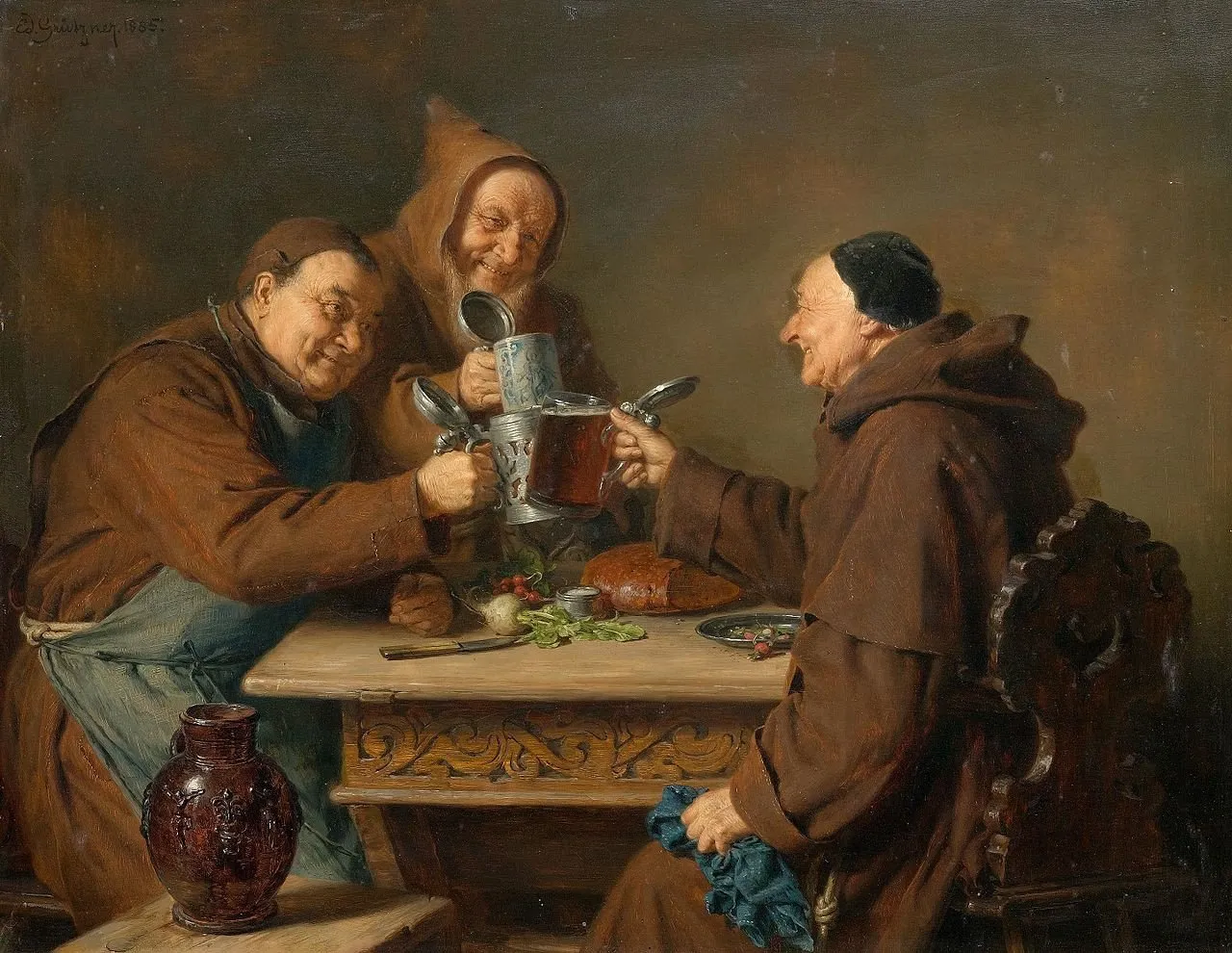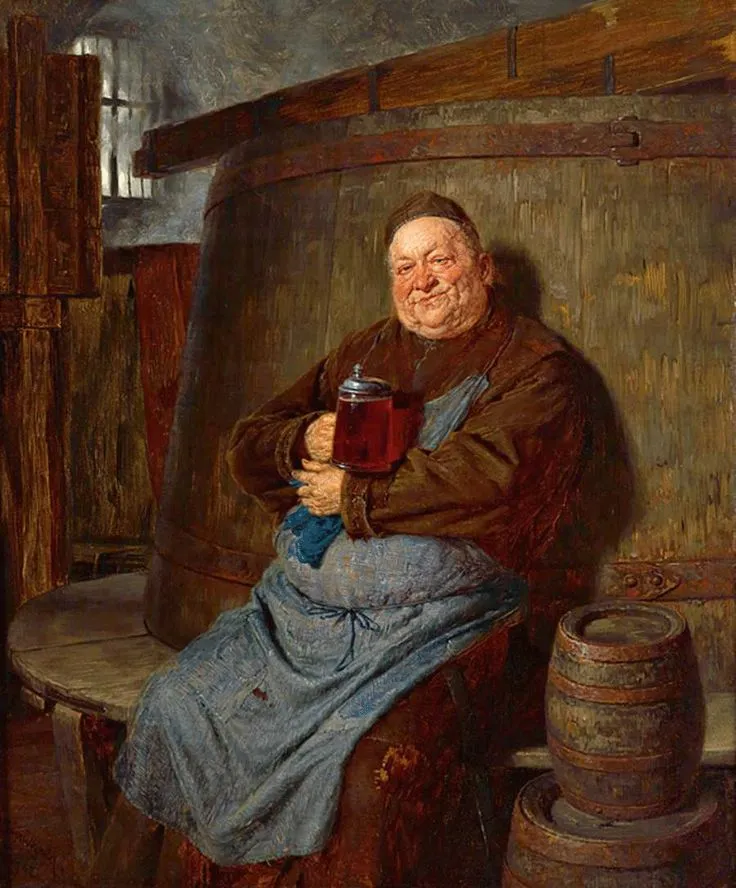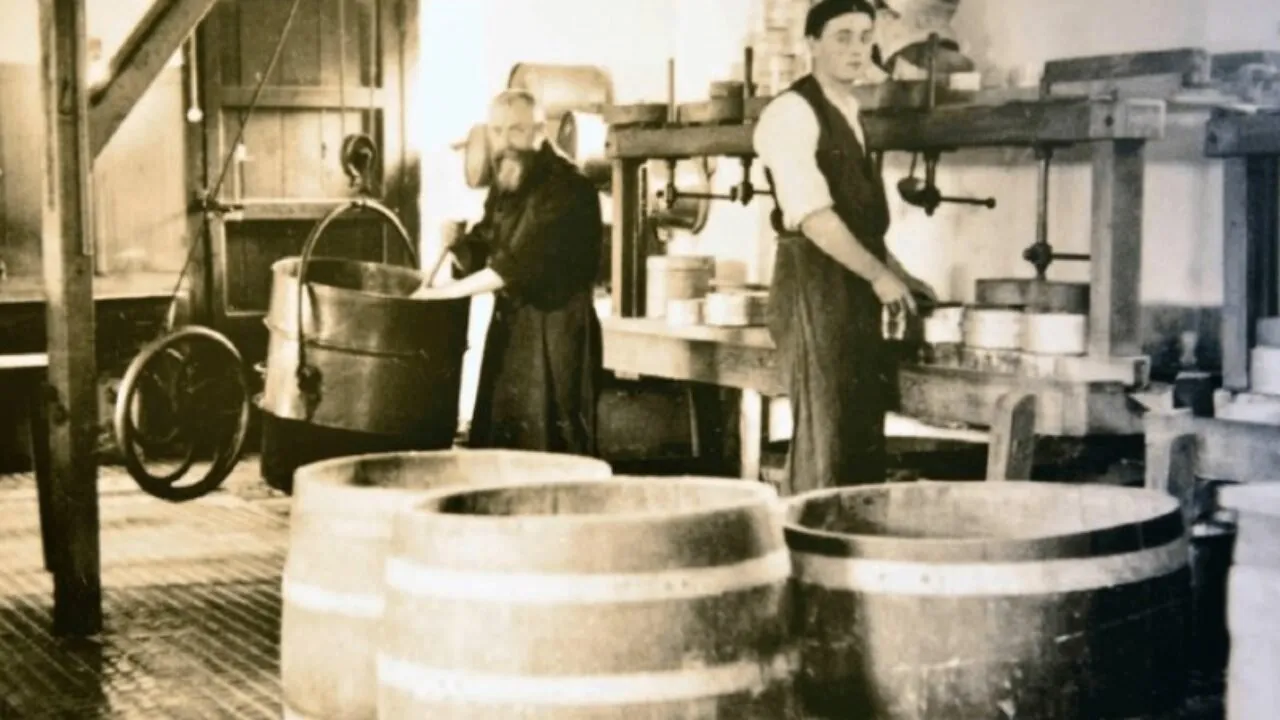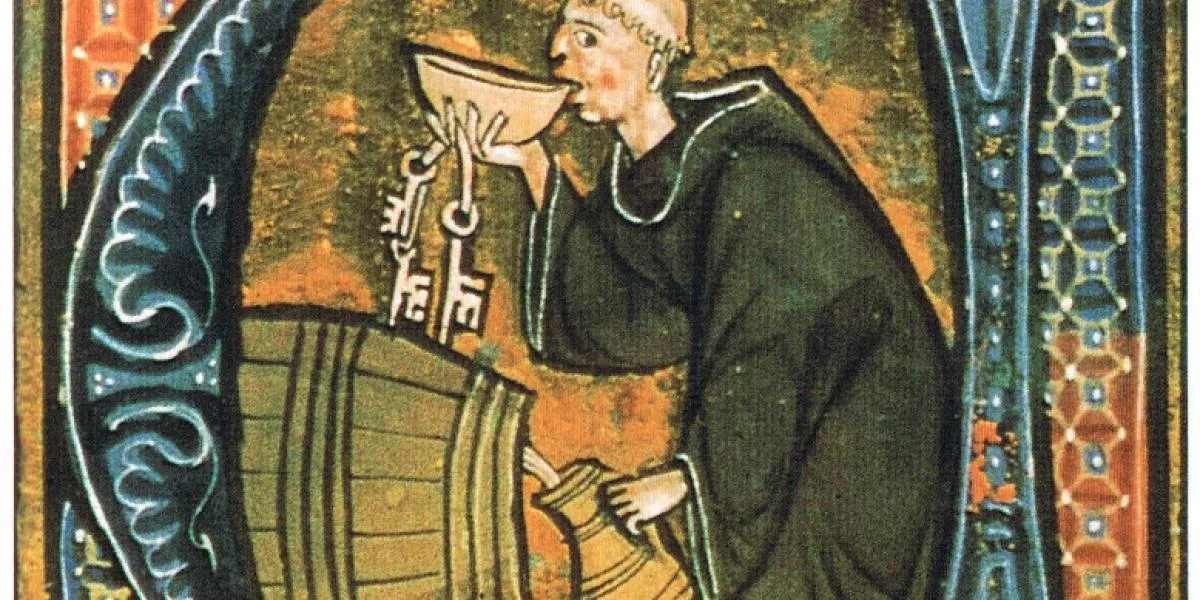This post aims to provide a brief history of the Trappist brews and their history. It will provide an introduction to the beer made by these monks and the breweries that produce them. The history of monastic beer is fascinating. It is important to remember that while brewing monastic beer, the herbs used were not necessarily those found in wild plants. Monastic monasteries used herbs that acquired better properties over time. These herbs were better than the wild ones collected by women. They made the beer taste better and reproduced easily. The monasteries used specific proportions of herbs that gave their beer its distinctive bitterness.
Trappist monks
The Trappist monks are renowned for their devotion to making the most delicious beer in the world. Their brewing methods are highly refined and their beer styles are reminiscent of fine wine. Trappist monks also live an ascetical life and are highly religious. Hence, they are considered the finest beer marks in the world. While brewing beer, the Trappist monks also produce many other goods. In order to keep the production process private, the monasteries do not allow tourists to visit their facilities. Thus, they can only brew the beer in their own monastery or at nearby cafes.
Trappist breweries
The story of Trappist brewing began when the Brothers of St. Joseph's Abbey in Austria, which now produces beer, started brewing their own beers. Prior to this, the abbey survived solely on jams and jellies, but one of them developed a thirst for beer and decided to learn how to brew. He spent two years studying and learning the craft of brewing, and eventually built the first Trappist brewery outside Austria. Today, the brewers produce beer that is sold to the public.
Trappist beers
There is a growing craft-beer movement in America, which is embracing the traditions of traditional brewers from Belgium. The process of brewing beer is a slow one, and brewers are constantly reacting to changing circumstances and ingredient availability. Trappist brewers value order, which helps them promote a sense of stability. They also enjoy the pattern, progression, and perfection that the brewing process offers.
Trappist beers in Britain
In the Middle Ages, Trappist monks began brewing beer. In addition to making beer for the community, they brewed beer for themselves. These hearty ales were a key part of the monks' diet, tying them over long fasts. Today, these brews are sought-after for their high-quality and unique taste. There is a tradition that traces its origins back to 12th-century Europe.
Trappist beers around the world
Despite their lack of speech, the monks who live in Trappist monasteries communicate using a unique sign language called the thumbs-up, and their food is often wild and free-range. In fact, the monks often eat and drink in near silence. This beer is a product of the order's tradition and heritage, a testament to their strict observance of the rules of St. Benedict.
Trappist beers in France
The monks of the Trappist order place religious and spiritual importance over profit, so they produce their beer in small quantities to support their abbeys. Since the beer was not brewed for profit, the monks gathered what they needed and donated the rest to charities. Despite the fact that the beer was only produced on the monks' abbey grounds, this didn't deter people from buying it.
Trappist beers in Belgium
The history of Trappist beer in Belgium goes back to the Middle Ages. In fact, some of the first Trappist monasteries were founded in the country before the French Revolution. The Trappist monks in Belgium were master brewers and have been doing so for over a thousand years. The style of beer they produce is widely considered to be a classic and is often attributed to their ingenuity. The Westmalle brewery was the first Trappist monastery in the world. The beer was described as sweet and dark.
Trappist beers in Switzerland
Originally, only monks at a Trappist monastery brewed Trappist beer. The monks used sustainable farming techniques and produced the beers within their monasteries. But by the mid-1900s, beer brewed in Trappist monasteries was becoming more popular than ever. In response, many entrepreneurs began making and marketing these unique beers, often using monks as their labels or renaming them after saints.
Sources:
- https://medium.com/a-brief-history-of-things/how-monks-perfected-beer-5cf78fc66022
- https://www.praguebeergarden.com/news/post/history-of-monastic-breweries-prague
- https://static1.squarespace.com/static/5b9a9c82cc8fed86debba52b/t/5c54c0334e17b63fe299a838/1549058101795/History-of-monastic-brewing.pdf
- https://en.wikipedia.org/wiki/Trappist_beer



